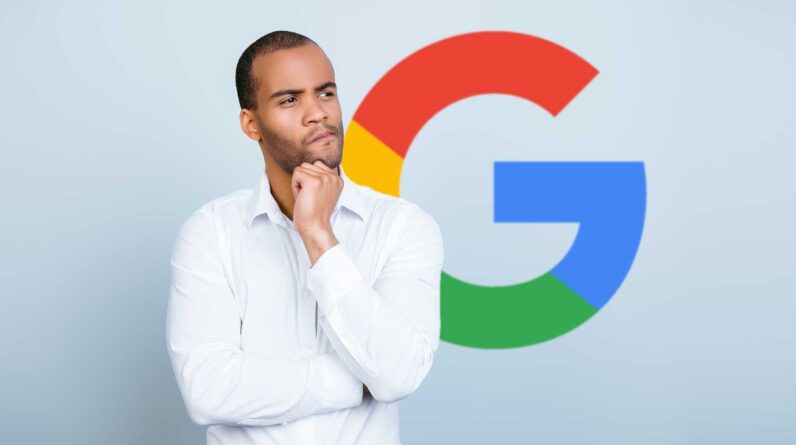The advent of 4G, the introduction of smartphones and increased internet penetration heralded the first signs of transition in the Indian retail ecosystem. But while technology changed customer buying behavior, many operating companies were still skeptical about digital transformation.
Ultimately, it took a global pandemic for brands to truly trust and harness the power of the Internet. As containment protocols saw a drastic change in our way of life, the need for businesses to adapt became imperative. Struggling to attract consumers, companies realized that archaic marketing methods alone were not enough to facilitate growth. Thus, more emphasis was placed on digital marketing as an essential tool to negate the challenges.
While the basic principles (product, price, place and promotion) of marketing remain the same, digital innovations have not only opened up more channels, but also continue to change the way marketers approach these decades-old principles. Today, technological advances have become an intrinsic part of digital marketing strategies, which in turn continue to improve the way today’s brands market themselves.
Digital innovations that define marketing
Harnessing the power of AI and automation: For a long time, artificial intelligence has struggled to find a practical application in the world of marketing. But what once seemed like science fiction has now become science fact as new-age brands are making the most of AI technology in a wide range of marketing tasks. Artificial intelligence in retail is key to turning consumer data into insights that can drive companies to position their products in the market. Today’s brands, at the behest of AI, are automating marketing activities and using predictive analytics to identify customers who are likely to buy certain products. The application of AI in retail is credited with creating a more convenient, personalized and enjoyable shopping experience for customers. Additionally, AI plays an integral role in helping a brand improve demand forecasting, make pricing decisions, and optimize product placement. In short, business enterprises, by harnessing the power of AI, can gain crucial insights and subsequently formulate strategies to better market themselves and their products.
Seduce customers with personalization: Gone are the days when your consumer’s name in the email was enough to make them feel valued. Today’s customers have a very short attention span, so businesses need to find ways to personalize content as part of their digital marketing strategies. By collecting customer data at every step of their purchase journey, brands must promote a personalized user experience to differentiate themselves. More importantly, marketers must send the right message at the right time to the right audience in order to capture the attention of potential buyers and retain existing customers. On the other hand, personalization helps a lot to humanize a brand, making it more identifiable. By personalizing marketing content, such as a birthday email or thank you note, businesses can strengthen their relationship with consumers, which can be a catalyst for increased conversions.
Weaving the magic of voice search and SEO: Search Engine Optimization (SEO) has always been key to enabling brands to maintain their digital presence. Creating competitive SEO strategies with the goal of ranking higher allows businesses to stay ahead of the latest optimization trends and stay relevant in their respective industries. But with an increasing reliance on smartphones and other mobile devices, the use of voice search has had an immense impact on digital marketing, especially SEO. Digital marketers must understand the search intent of potential customers and optimize content for conversational keywords. Voice searchers are no longer using short phrases for quick searches, as they can now interact with search engines without looking at screens or typing. This is exactly why digital marketers need to change the way they target and optimize for keywords. Since most voice searches include phrases like “near me” or “open now,” there’s also a greater need to incorporate local content and optimize it for local keywords. Also, by offering valuable advice, using relevant questions, making informative lists, and including statistics, brands have a better chance of appearing in the answer boxes displayed by search engines for a specific query.
Drive engagement with AR and VR: In the ever-increasing world of technological advancements, operating companies must keep up with new technologies to improve user experiences. In recent times, augmented reality (AR) and virtual reality (VR) have had a significant impact on purchasing patterns and behaviors. Hence, there is a growing need for digital marketers to incorporate AR and VR technology to enhance their storytelling strategy, making it more alive and personal. The most common example is a 360-degree video, often used by automotive and fashion brands, which allows a company to demonstrate the quality and appearance of its products in a more immersive and engaging way. Creating games and apps using AR and VR can also help brands engage customers. There’s nothing like an exciting treasure hunt, where users can be asked to solve mysteries to eventually find a brand’s products, to attract customers and build brand awareness.
Fix with short videos: Back in the day, television was the simplest and easiest medium for brands to reach as many people as possible by only requiring a glance at the screen. But times have changed. People often have a tendency to press the mute button every time an advertisement appears on the TV screen. Therefore, modern marketers must turn to innovative solutions to capture potential customers. This is where the role of short and engaging videos comes to the fore. It remains arguably the most engaging form of content; High-quality marketing videos can help brands improve conversions. Offering versatility and shareability, short videos can allow businesses to reach more people on more devices and at the perfect time. Think of all those people looking for short, crisp content while traveling or taking a break. With convenience and mobility at the forefront, short marketing videos have emerged as a great way to convey brand messages to customers in one of the most engaging ways. The likes of Facebook Reels and YouTube Shorts are a classic case of how short videos are changing the way new-age marketers conduct digital operations. In addition, today’s brands are also investing heavily in influencer marketing using short videos to improve their reach. Today, more and more businesses are deploying marketing strategies with short video content at the forefront of the agenda to attract potential customers who have turned the tide in their favor.
summing up
In a world where technology continues to influence consumer behavior and the shopping experience, the future of marketing continues to be heavily influenced by new and upcoming digital innovations. Whether it’s harnessing the power of AI to automate complex tasks or using SEO tools to stay competitive, brands are shaping their digital marketing strategies to achieve business goals more efficiently .
In the future, the onus will be on modern marketers to build an integrated strategy with a greater emphasis on immersive, omnichannel user experiences. While they should be wary of the siled organizational structure, if implemented carefully, marketing strategies derived from digital innovations will be critical to the growth and subsequent success of new-age business owners.
FacebookTwitterLinkedinEmail
Exemption from liability
The opinions expressed above are the author’s own.
END OF THE ARTICLE
[ad_2]
Source link




